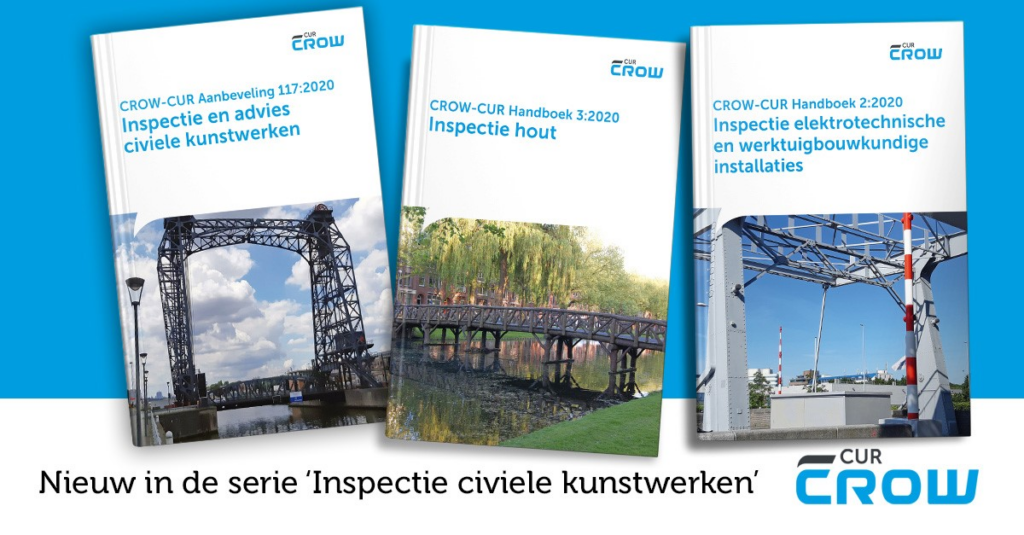Cycling / Guidelines / Infrastructure / Mobility / Traffic safety
Towards a different German Traffic Guideline culture - Part 1
‘Why is planning and developing cycling infrastructure in the Netherlands so easy compared to Germany?’, I am asked regularly. One of the main reasons lies in the differences in traffic guidelines and handbooks. In the current traffic planning system, these types of documents have become the technical base for decision-making by planners. So what are the differences that can be found between the two countries?
To answer this question, traffic experts often focus on the differences in content between the guidelines. For example, why do the Dutch guidelines recommend a width of 350-500 cm for a two-side cycling road, and the German guidelines of 400 cm for a cycling highway path? But we have observed something else in our research project on Protected Intersections (funded by the German BAST), and the DACH CrossConnect project on LSA intersection design (funded by the Austrian FFG, German BAST and Swiss ASTRA). Maybe the differences are not mainly caused by different content, but rather by differences in culture around these guidelines. Specifically, on how they are developed (this blog) and how they are communicated and used by planners (second blog coming soon).
What kind of documents are we talking about?
Before going into detail on the development process, it is important to understand what documents we are talking about. Guidelines and handbooks can be developed by any organization on any topic. The diversity and names of them varies based on how detailed or technical they are. There are ‘recommendations’, ‘guidelines’, ‘handbooks’, ‘vademecum’ or they are just called ‘guides’. I have seen them passing by from traffic-focused NGOs, official governmental agencies, to more cooperative networks, such as the NACTO handbook ‘Don’t give up at the intersection’.
But the documents I am referring to are ‘special’ ones. In the Netherlands and Germany, they are developed by an ‘independent’ national non-profit organization, called the CROW (NL) and the FGSV (GER). They are treated as the best of expert knowledge on traffic planning in the country. In the Netherlands, the documents have no legal status as such, but when the government refers to them in their law or policy, they obtain legal power. In Germany, it is a bit more institutionalized. After a guideline is finalized, the national traffic ministry sends it with an ‘Allgemeine Rundschreiben Straßenbau’, to the different Bundeslander, which have to implement it.
Development by ‘publisher associations’
I am not involved in both organizations actively. So, I cannot go into detail on the development processes, which are happening in the different expert groups at the CROW and FGSV. Also, I expect these organizations are adapting themselves to critique and not all expert groups follow the same process (e.g. technical handbooks have other processes than strategic guidelines). So, I will choose my words carefully.
Firstly, it is interesting to understand a bit better the CROW and FGSV. Both are non-profit organizations, but also publishers. With their publications, they generate revenue to cover the standard costs of their association, such as administration and maintenance costs. The consequence of this is therefore that most of the time you cannot just download a guideline or handbook from these organizations, but must pay for it. This is a pity, because these documents influence the planning and democratic decision-making processes.

Reasons for maintaining this situation are unknown. In the Dutch case, the national government often contributes to funding parts of the guideline development process. But it also wants to keep an institutional and financial distance, so that the guidelines are not official national instruments, and the process can be shaped more spontaneously, not following official and political procedures. The publishing model is therefore a nice add-on, creating non-political revenue to cover the standard costs of the association. Although this situation might be applicable in both the Netherlands and Germany, I would personally advocate for more openness of content, and working on alternative funding models.
Who is at the table?
Although the FGSV and the CROW share these similarities, during our projects we noted down some differences. I have the feeling that the guidelines/handbook development process is a bit more open and transparent at the CROW. Oliver Schwedes, former professor at the TU Berlin, analyzed the FGSV and provided some insights into its processes. He concludes that in the last years an increased demand for reforms has been advocated for, but the organization did not answer to them appropriately. This shows that potential is there to make the guidelines’ development process more democratic. Because the work in the FGSV working groups is mostly voluntary (not reimbursed), organizations (e.g. universities, companies) with resources to invest in it, determine the process and content. It would be interesting to explore alternative standardized methods and funding, so that planning practitioners and NGOs can provide their insights and ideas as well at different phases of the process.
The CROW on the other side feels more open. For example, in developing the guidelines for roundabouts and intersections, a governance process was set up before with representatives from national governments, provinces, municipalities, water boards, research organization, consultancies, cycling associations, public transport association, different governmental network organisations, traffic- and education psychologists and even a ‘sensing psychologist’. Funding has been made available for this process from the national government. Also, after the guidelines have been finalized, the CROW still develops projects or methods for getting bottom-up input from municipalities on how to improve the implementation of the guidelines.
A quest between practice and science
One could see the development of guidelines as a balance between research on the one side, and planning practice on the other side. Here differences between FGSV and the CROW can be observed. At the CROW, when there is a new development, for example related to cargo bikes, a group of practitioners comes together and discuss what they see is happening. They brainstorm what could be solutions, and then they make a first publication of this. Without it being a formal guideline, practitioners start testing how these solutions work in practice. The results of these tests, as well as the input from scientists, are then included in the new or updated guideline. The motto is ‘innovation is learning by doing’.
At the FGSV, the balance is shifted more towards science. When a new problem, topic or trends occurs, an official proposal is being made to start a new FGSV working group, or the information flees into existing working groups dealing with this topic. Discussions and meetings are being organized to collect scientific evidence and determine evidence gaps. Research funding organisations, such as the BAST, can be requested to fill these research gaps by funding research projects. These projects take a relatively long time, are supported by a scientific council, and provide advice what should be included in the guidelines. Afterwards, the more political process starts. The advice is not 1 to 1 included in the guidelines, as I understand, the workgroups, scientific boards and the Bundeslander want to have a say in this. In the end, there is an improved and new guideline, based on extra scientific evidence. But it might be slightly outdated by then, is not always backed up by real world practice, and shows little flexibility for adaptation later.
In the perfect situation, a better balance between practice and science is found at both organizations. Meaning that the CROW could potentially stimulate more research, which can be integrated in their current processes. And the FGSV to provide more space for learning by doing and testing in practice. With the limited funding both organizations and governments in general have, I would suggest looking at common challenges and discussing how to cooperate on specific topics. This way, with less money, more scientific back up and space for innovation can be organized at the same time.

Strategy as a coherent overarching framework
A last difference, I would like to mention, is the lack of an overarching strategy at the German guidelines. In the Netherlands, in the early 1990s the strategy of Sustainable Safety was developed in a large governance process, with experimenting and afterwards communication efforts. With this, besides traffic flow, traffic safety became a top priority in traffic planning and street design. My colleague Anna Wyner wrote an interesting blog about this. Sustainable Safety really functions as an overarching framework and is often used as a starting point of CROW guidelines. Having an overarching strategy increases coherence, which can also be observed in the design of infrastructure.
In the FGSV this overarching strategy is a bit missing. The dominant narrative remains to stimulate traffic flow. A change might happen, with the publication of the Empfelungen Klima in 2022. The strategy has as goals to (1) reduce traffic in general, (2) replace unsustainable traffic (cars) by sustainable traffic modes (public transport, cycling, walking) and to (3) reduce the CO2 emissions per person in traffic. I am not aware of the governance process behind developing this strategy. And I don’t know if they will function as an overarching framework for the other FGSV guidelines and handbooks. However, taken this as a starting point could radically change all the future guidelines and make the goals and in the end the design of infrastructure more coherent.
Stay tuned for part 2 of this blog on the implementation and communication of these guides!

